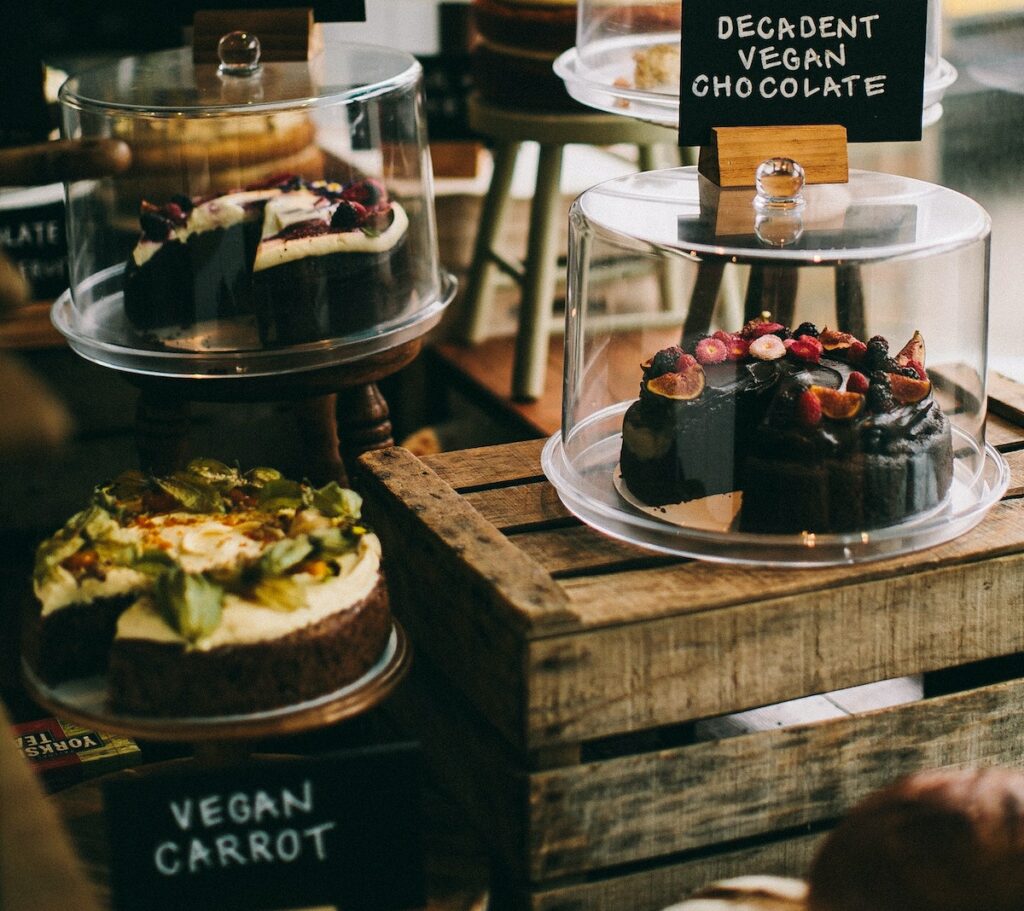
If you are a vegan or simply looking to make vegan-friendly baked goods, there is no need to feel overwhelmed. With a few simple tips and tricks, you can be a vegan baking master in no time! From techniques to ingredients, this guide will provide you with all the information you need to create delicious vegan desserts.
Choosing Your Ingredients
One of the biggest challenges that comes with vegan baking is using the right ingredients. The key is substitutes; while some recipes may call for eggs, milk, or butter, there are many vegan substitutes that can help you achieve the same results without compromising on flavor and texture. For example, ground flaxseeds mixed with water make an excellent egg substitute for cakes and cookies; almond milk is an excellent substitute for dairy milk in pancakes and waffles; and coconut oil makes a great alternative to butter in many baking recipes. It’s important to note that these substitutions may affect the texture of your baked goods slightly, so it’s best to experiment until you find a combination that works best for your taste.
Understanding Leavening Agents
Another important factor in successful vegan baking is understanding leavening agents—i.e., ingredients that help baked goods rise or expand during baking. Traditional leaveners like yeast and baking powder are not suitable for vegans as they contain animal products such as dairy or eggs. Fortunately, there are several vegan-friendly leaveners available on the market today such as apple cider vinegar, cream of tartar combined with baking soda, aquafaba (the liquid from canned chickpeas), and store-bought egg replacers such as Ener-G Egg Replacer or Bob’s Red Mill Egg Replacer. Experimenting with different combinations of leaveners can help you get the desired results in your baked goods every time!
Baking Temperature & Time
Finally, it’s important to pay attention to temperature and timing when it comes to successful vegan baking. Oftentimes, lower temperatures yield better results because they help prevent burning or drying out dough too quickly; likewise, shorter bake times ensure that your treats come out soft and moist instead of dry and crumbly. It’s also worth noting that different ovens have different temperatures so it’s best to check your oven’s manual for exact temperature settings before beginning each recipe.
With these tips in mind, anyone can become a master at vegan baking! It takes practice but once you understand how certain ingredients interact with one another and how specific temperatures affect certain recipes, success will soon follow! Don’t be afraid to experiment with new combinations of flavors and ingredients – who knows what delicious treats await? Have fun exploring all the possibilities of vegan baking!







